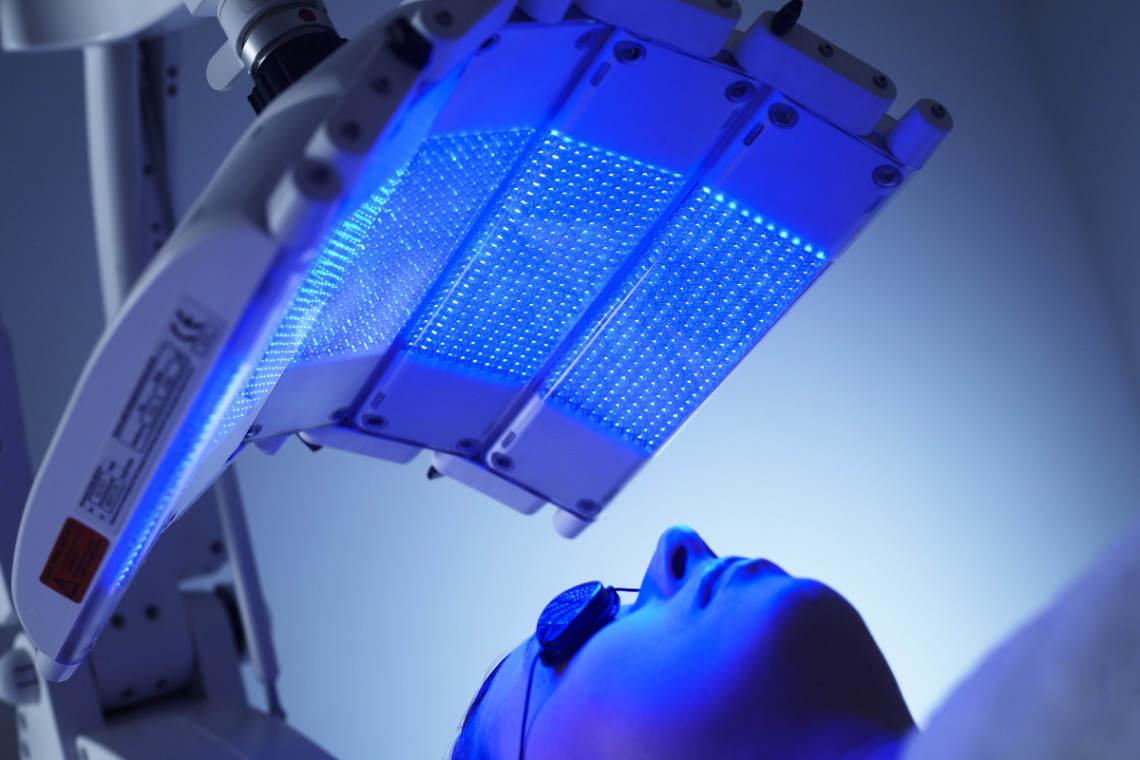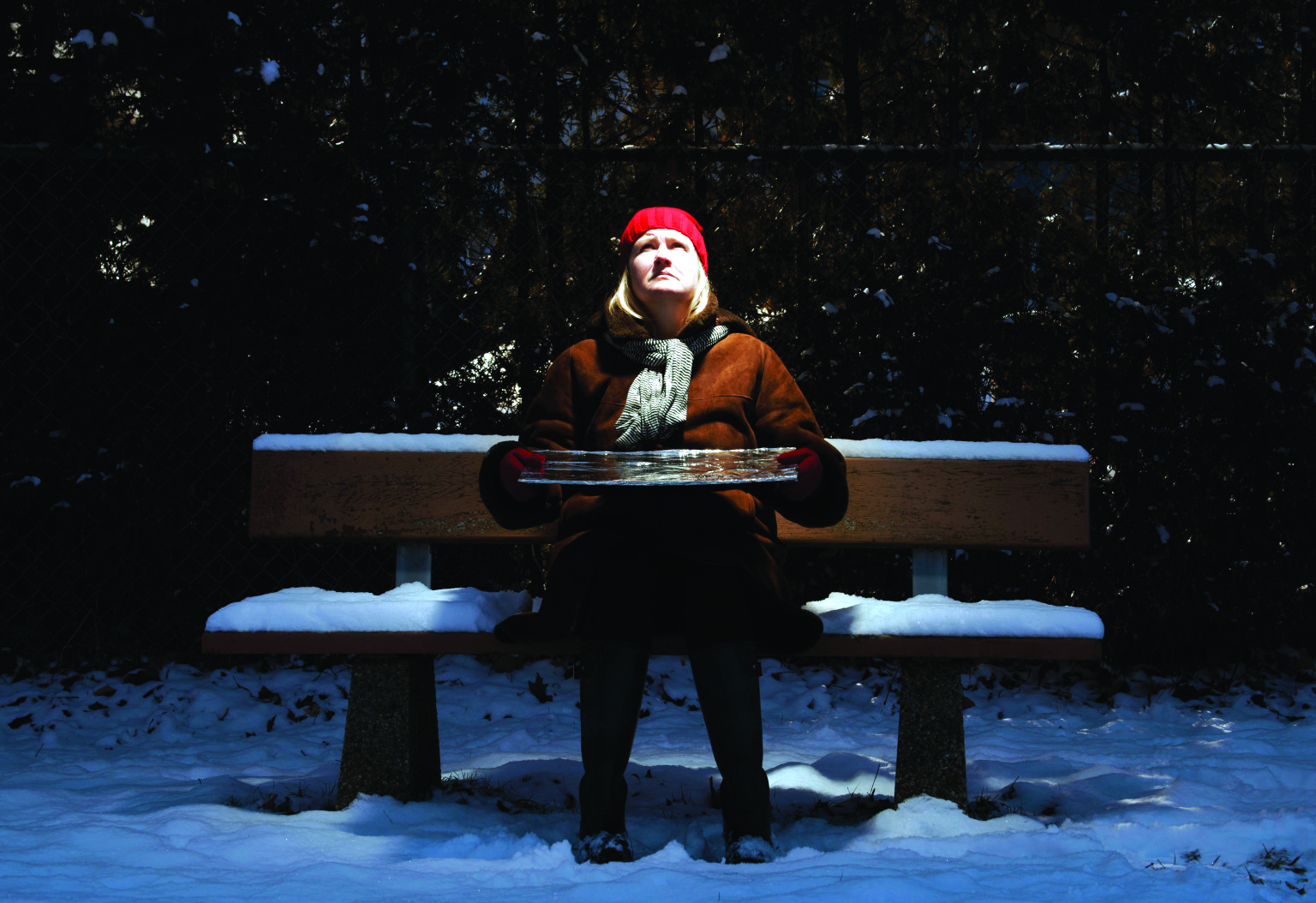In the beginning, the Sun was worshiped by many ancient civilizations; presumably for its perceived power and strength, but also for its healing properties. With the demise of ancient cultures, not only did the worship of the Sun diminish, but also the knowledge of its healing powers.
In modern times, instead of Sun worship, scientists have gone completely the other way, issuing warnings about the dangers of exposure to the Sun. Nevertheless, in more recent years, many studies have emerged to challenge the anti-Sun dogma. While the dangers still exist, the benefits of a sensible amount of sunlight might just turn out to outweigh the risk.
Light Therapy for Skin Conditions
While different wavelengths work for different conditions, treatment is most often done with narrow band Ultraviolet B radiation (UVB), which is the safest and most successful wavelength. Phototherapy eliminates the need of using corticosteroids ointments or other systemic medications that can have a negative effect on the body.
Chronic skin conditions such as psoriasis can be life debilitating for many patients. They also often cause inflammation, itchiness, and pain. Exposing the affected areas to sunlight has been known to help in the treatment of these diseases, but it is difficult to monitor the improvement as it occurs outside the doctor’s office.

In office phototherapy treatments using artificial UV sources are gaining more popularity as they have been proven successful in treating many skin conditions; including psoriasis, eczema, vitiligo, and scleroderma.
Since many of these diseases are caused by an autoimmune response, UV light therapy works through reducing the inflammatory response of the immune system, by penetrating the skin and slowing down cell production that causes lesions in diseases such as psoriasis and eczema, directly reducing itch, and by re-pigmenting areas of the skin that lost pigmentation in the case of vitiligo.
Two forms of phototherapy exist: non-targeted phototherapy and targeted phototherapy, in which light is administered to a specific, localized area of the skin. Current targeted phototherapy is administered via excimer laser, elemental gas lamp, or via LED light; it is administered in a doctor’s office and only to the affected skin, not the entire body, thus sparing healthy skin from UV rays health risks.
Light Therapy for Depression
Whether we suffer from depression or not, everyone feels better when the Sun comes out. What most people have known instinctively has come to be understood scientifically in the past two decades.
Studies have shown that the brain produces more of the mood-lifting chemical “serotonin” on sunny days than on darker days. Serotonin is the same neurotransmitter that is boosted by well-known antidepressant medications; it relieves stress and produces a general sense of well-being.

However, sunlight—or bright light, to be more exact—is more abundant, safer, and easier to absorb than any other antidepressant. Bright light has been used as a treatment for winter depression for over two decades now. Its efficacy in treating winter depression, also known as Seasonal Affective Disorder (SAD), has been supported by dozens of studies.
More recently, light therapy was found successful in treating other conditions, including sleep disorders and other types of depression not associated with change of seasons, as research showed that the rate of serotonin production in the brain was directly related to the duration of bright sunlight, regardless of the season.
The patient sits near a machine called a lightbox, which emits strong light; the light usually mimics natural sunlight though there are variations. A unit of measure called a lux gauges the amount of light used in a treatment; the standard output of a lightbox is between 2,500 lux and 10,000 lux.

Light Therapy for Pain and Wound Healing
When there is an injury, pain is the message the brain sends to the body to signal that it is hurt. While painkillers offer some temporary relief from the feeling of pain, they only help mask the symptoms rather than actually healing the source of the pain.
It has been shown in clinical trials and laboratory studies that Low Level Light Therapy (LLLT) has tissue regenerative effects for the skin, tendon, muscle, bone, nerves, spinal cord and cerebral cortex. It has very good anti-inflammatory and analgesic effects; it also improves the function of healthy organs such as the brain and muscles, having cytoprotective effects on them.
While light therapy is considered safe and non-invasive, there are some side effects to the therapy, including headache and sunburn, but they are generally not serious. Most can be dealt with by adjusting the duration and intensity of the sessions.
References
healthline.com
livestrong.com
nationaleczema.org
ncbi.nlm.nih.gov
osa.org
webmd.com
womenshealthmag.com
*Published in SCIplanet printed magazine, Summer 2015 Issue.